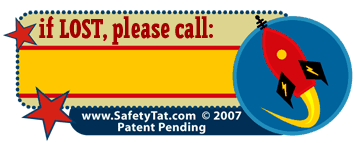I received an email last week that stated, in part
My boss is away for the next week or two but I will forward her your e-mail when she returns.
This gave me pause.
Of course, you could forward the email any time you want, and it’ll just be held the boss’s inbox until she returns. The technology (store-and-forward) affords that quite nicely. From a technological point of view, my correspondent “should” forward the message immediately and get on with her day.
But my correspondent suspects that’s not the best way to do things, because there’s people in this system. And people behave to optimize against different constraints than technology does. We all have our little usage rules, and we all adjust our usage of technology in order to be most successful.
Perhaps the boss is checking email while she’s away, and will discard anything not mission-critical. Or perhaps the boss isn’t checking email, but will be burdened with a huge number of messages in her inbox when she returns. My correspondent is respecting her boss by not contributing to that, and respecting me by “handling” my email properly.
We’ve helped a few clients understand how their customers’ work cultures have evolved to the point where there are complete-but-unwritten rule sets for sharing documents, information, collaboration, communicating via telephone, email, and IM, and most other “work” activities. As the tools change, the behaviors change.
















